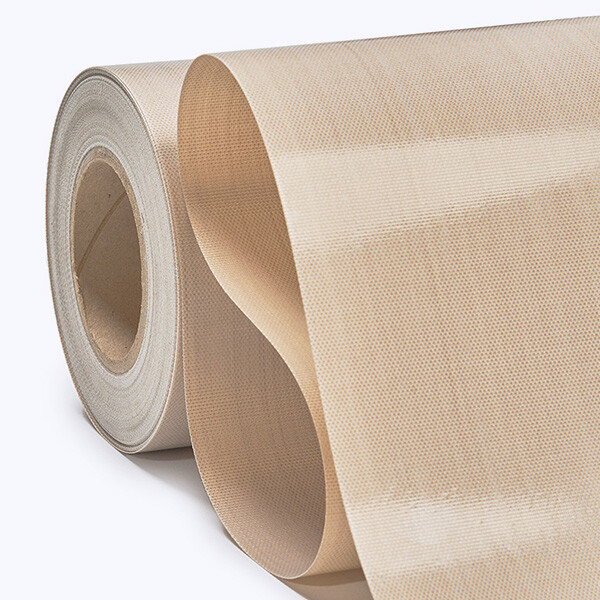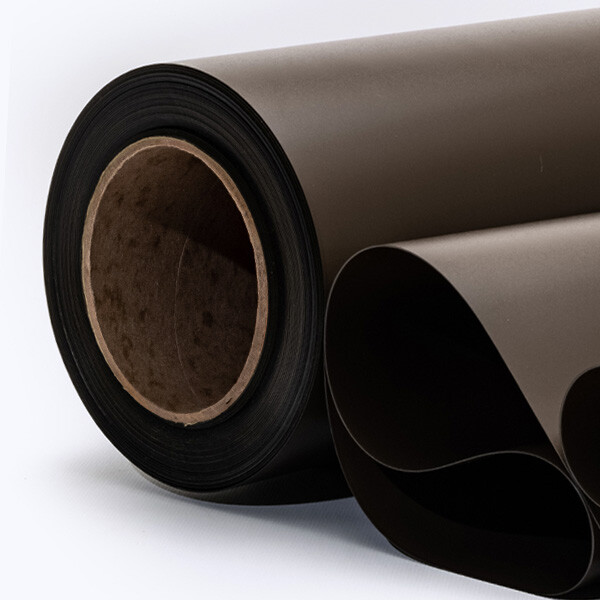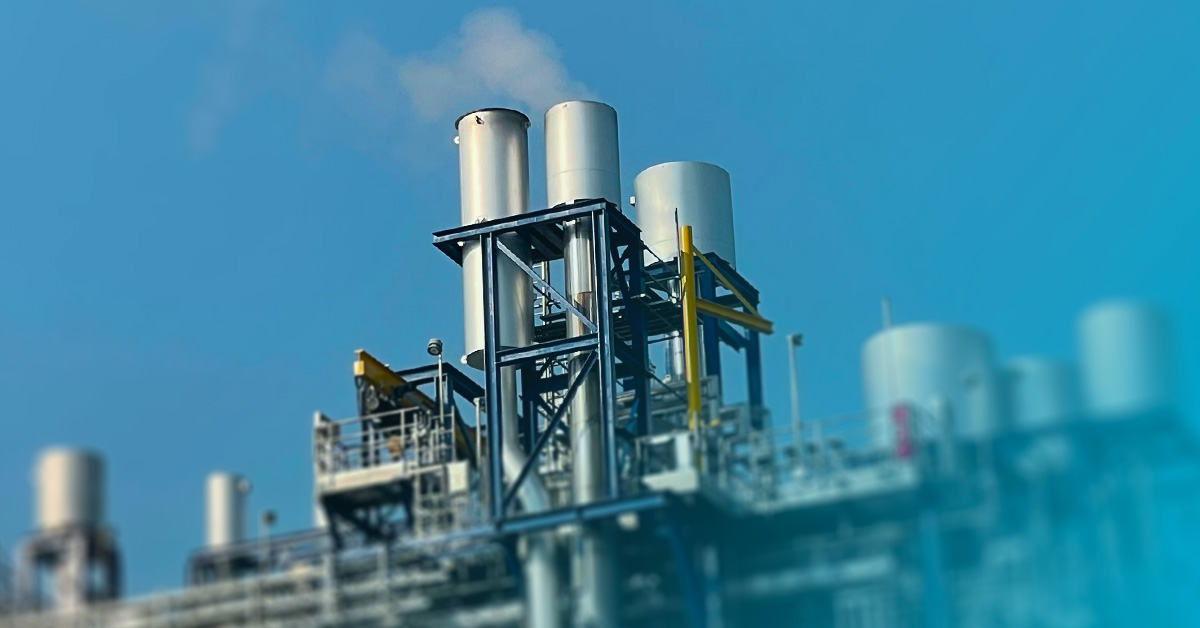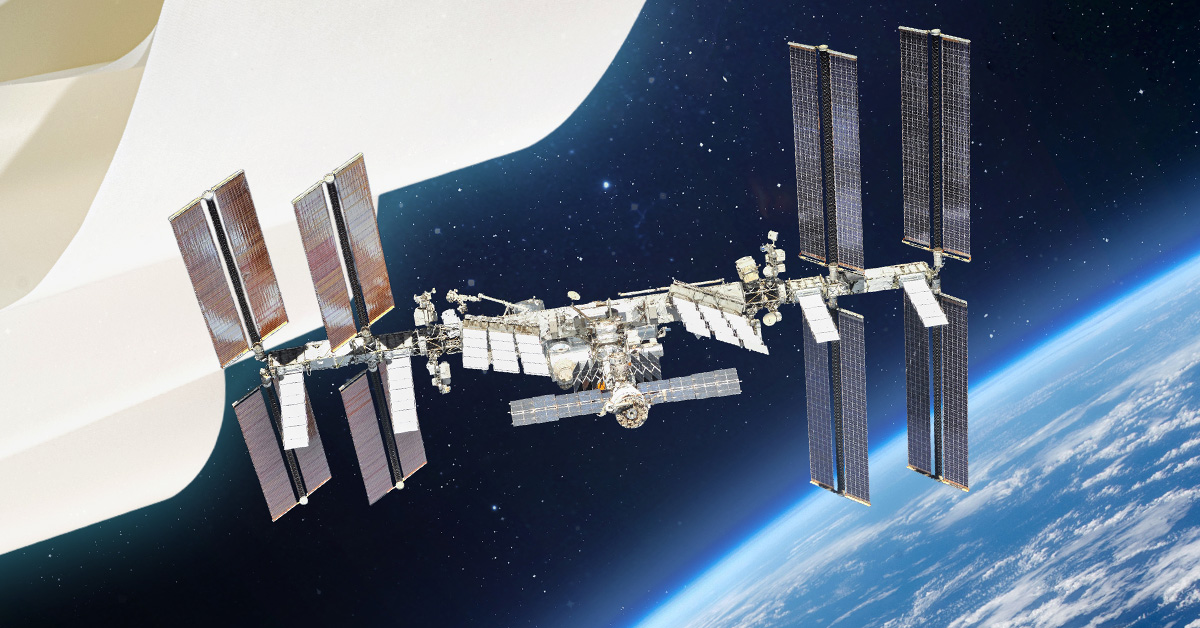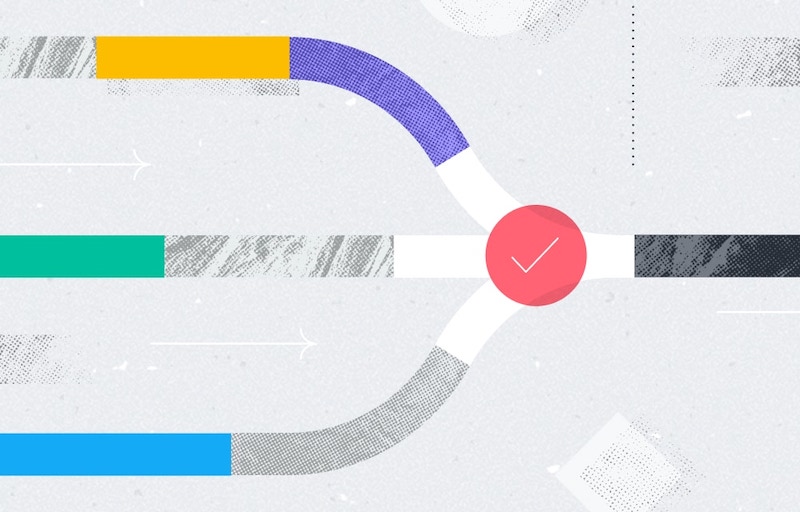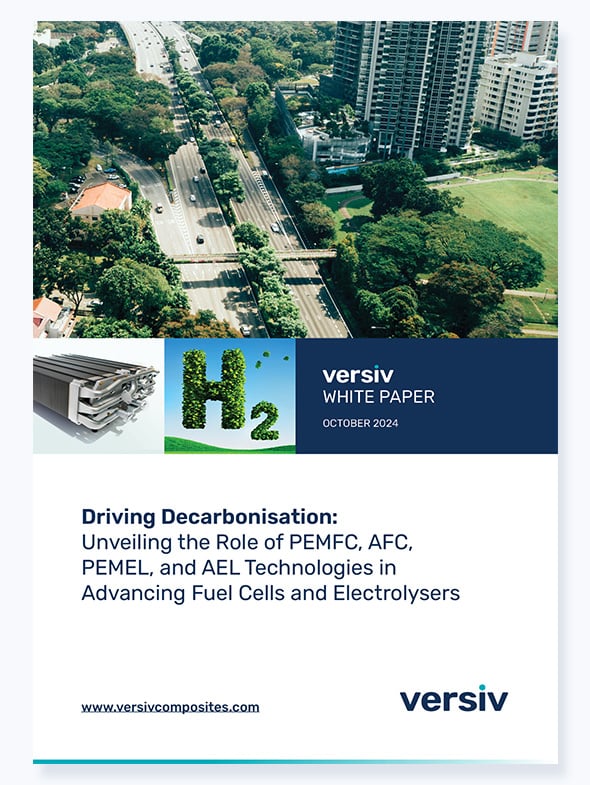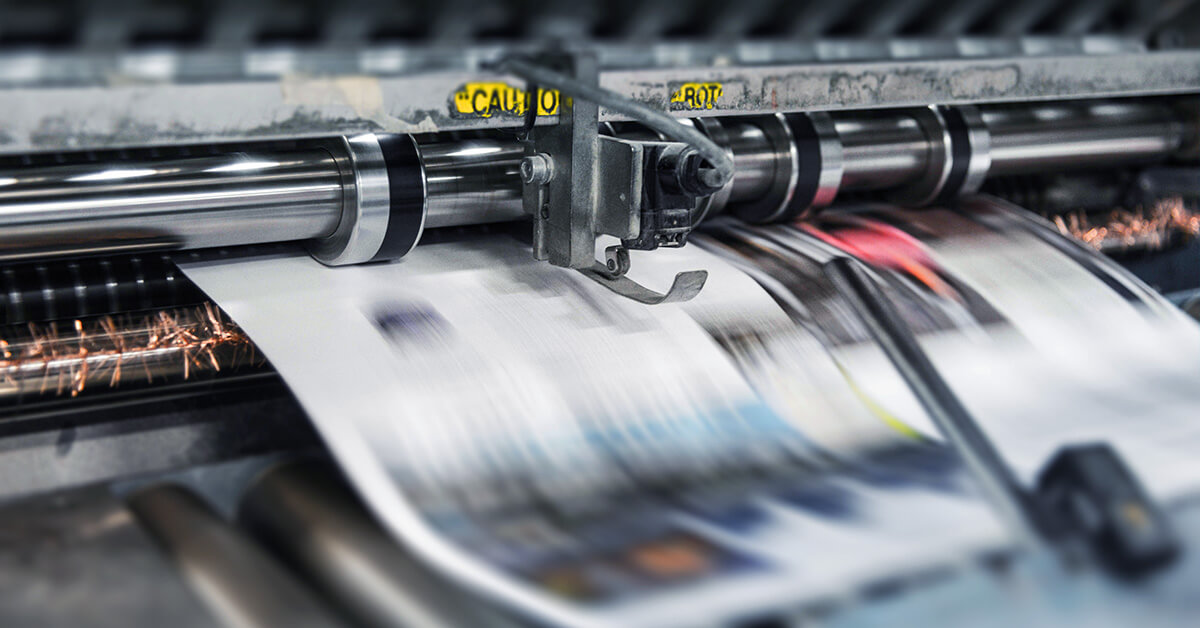
Reduce Wear and Tear, Boost Productivity: The Role of Low-Friction Materials in Modern Printers
Printing machine manufacturers are expected to deliver faster, more reliable, and more energy-efficient in comparison to previous models.
Versiv Low Friction Liners (LFLs) are pivotal materials in keeping pace with these demands. They provide consistent performance and have positive impacts on energy consumption, maintenance and sustainability.
Composed of PTFE cast films and composite materials, Versiv LFLs are used as linear glide bearings within high speed, high productivity printers. Sitting opposite the heating roller and transfer, they facilitate the consistently smooth movement of the paper over many thousands of cycles.

LFL contribution to durability and lifetime
Each time paper moves through a printer, it rubs against specific components. Over time, this friction degrades the machinery, creating the need for parts maintenance or replacement, in addition to downtime and defects in production. Meanwhile, wear and tear may also lead to increase in the coefficient of friction, exacerbating the process further.
Versiv low friction liners meet the demanding lifetime requirements of high-performance printers. Components such as pressure pads endure less mechanical stress as previous iterations, where LFLs are not present.
The material’s impact is especially beneficial in high volume environments and manufacturers appreciate this. For example, in durability tests run by companies such as Konica Minolta and Brother, the liner must survive printing up to 6 million sheets without failure. If it does not, the material is not suitable for use. Versiv PTFE-based liners consistently meet these demanding standards.
Ready to learn more or discuss your next project?
Contact our team to discover how Versiv advanced composites can power your next breakthrough.
Boosting energy efficiency
The contribution of low friction liners in enhancing energy efficiency should not be overlooked.
Low friction liners reduce the amount of energy required to move a sheet of paper through the printer as the materials have a low coefficient of friction. The lower the coefficient of friction, the less energy is needed.
By reducing the power required for each print cycle, low friction liners help manufacturers achieve better energy ratings — a major differentiator in the market. This aligns with the broader trend toward sustainability in IT equipment, where durability and low energy consumption are key targets.
While the energy savings from using LFLs may not be in the scale of megawatts or gigawatts, they become significant when high volumes of paper are daily processed.
Meeting Temperature Requirements
As print speeds and volumes increase, machinery is increasingly subjected to heat exposure.
Printers are evolving to cope with increasing thermal demands, and temperature stability is crucial in the fusing units where toner is melted on to paper.
The temperature resistance and stability of PTFE ensures this stability, as it allows for wear properties to remain consistent even at elevated temperatures (up to 356°F / 180°C).
Customisation and Collaboration
Early engagement in the design process ensures optimal performance and value.
Integrating low-friction liners is not a one-size-fits-all scenario. Manufacturers need to specify their physical and dimensional constraints — which can be a certain thickness, thermal conductivity or surface topography, and the limits that are essential for their machines. Our team works closely with them to understand their specific requirements and aim to provide tailored solutions.
Versiv collaborates closely with a leading printer industry customer by supplying multiple generations of serial material. Currently, Versiv is developing the next generation of materials based on polyimide PTFE, as the customer seeks even greater durability than what is currently available.
Conclusion
LFLs are small components but they have a big impact. Reducing deterioration in printer rollers, saving energy and supporting longer lifetimes, they are set to continue to contribute significantly to printer design into the future.
Ready to learn more or discuss your next project?
Contact our team today.


